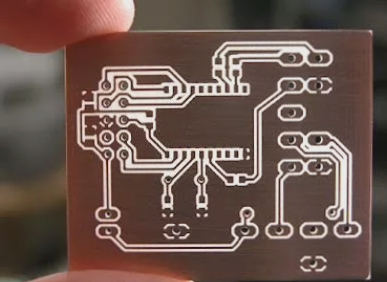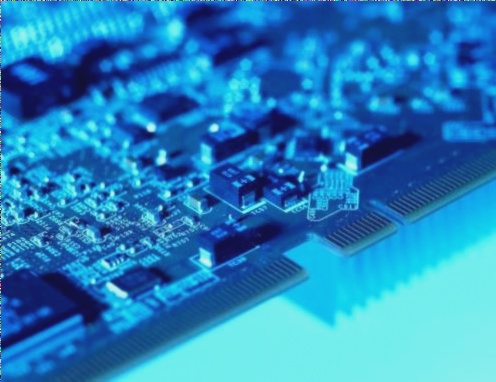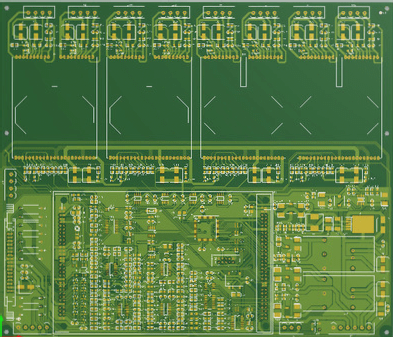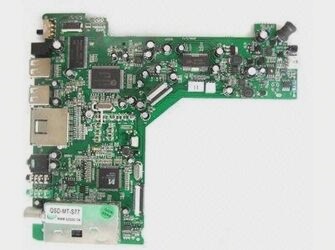The Importance of Different Types of Holes in PCBs
When it comes to drilling holes in Printed Circuit Boards (PCBs), there are three main types: through-holes, blind holes, and buried holes. Each type serves a specific purpose and has unique characteristics that are crucial in PCB manufacturing.
Through-Holes (VIAs)
Through-holes are commonly used to connect copper foil lines across different layers of a PCB. However, they cannot accommodate component legs or additional copper plating material. To meet evolving industry demands, through-holes are now being reinforced with white solder mask for surface resistance welding and plugging holes, ensuring stable production and enhanced usability.
Blind Holes for Efficient Space Utilization
Blind holes connect outermost circuitry with inner layers through electroplated holes. These holes are not visible from the opposite side, optimizing space between PCB layers. Precision in drilling depth is crucial to ensure proper hole plating and reliable connections.
Buried Holes for High-Density Boards
Buried holes establish connections between circuit layers without extending to the outer layers. This process involves drilling holes in individual layers, partial bonding, and electroplating treatment. While more time-consuming and costly, buried holes are ideal for high-density boards aiming to maximize circuit layer space.
Importance of Precision in Drilling
Drilling is a critical aspect of PCB production, and any errors can lead to usability issues or render the board unusable. Precision and accuracy in the drilling process are essential to ensure successful PCB manufacturing and reliable electronic devices.
By understanding the different types of holes in PCBs and the importance of precision in drilling, manufacturers can produce high-quality circuit boards that meet the demands of the ever-evolving electronic industry.




